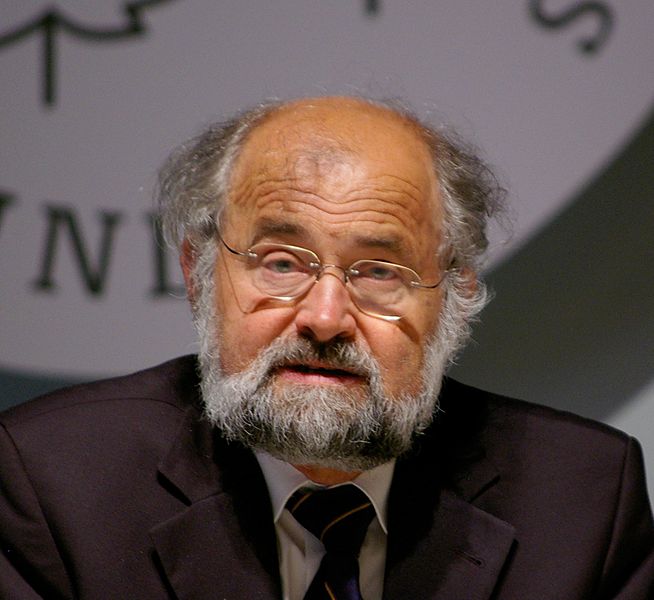<Back to Index>
- Biophysicist
Erwin Neher, 1944
PAGE SPONSOR

Erwin Neher (born 20 March 1944 in Landsberg am Lech, Upper Bavaria) is a German biophysicist.
Erwin Neher studied physics at the Technical University of Munich from 1963 to 1966.
In 1966, he was awarded a Fulbright Scholarship to study in the US. He spent a year at the University of Wisconsin - Madison, and earned a Masters Degree in Biophysics.
In 2003 Neher was one of 21 Nobel Laureates who signed
the Humanist Manifesto.
In 1986, he was awarded the Louisa Gross Horwitz Prize from Columbia University together with Bert Sakmann. In 1987, he received the Gottfried Wilhelm Leibniz Prize of the Deutsche Forschungsgemeinschaft, which is the highest honor awarded in German research. Along with Bert Sakmann, he was awarded the Nobel Prize in Physiology or Medicine in 1991 for "their discoveries concerning the function of single ion channels in cells". Neher and Sakmann were the first to record the currents of single ion channels through their development of the patch - clamp technique, a project Neher began as a postdoctoral associate in the laboratory of Charles F. Stevens at Yale.
He was later a director at the Max Planck Institute for Biophysical Chemistry in Göttingen and headed its Department for Membrane Biophysics. He was also a Professor at the University of Göttingen and a co-chair of the Bernstein Center for Computational Neuroscience Göttingen.